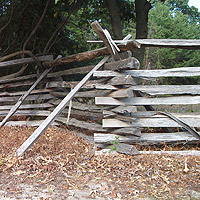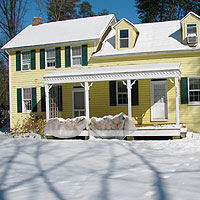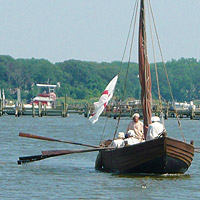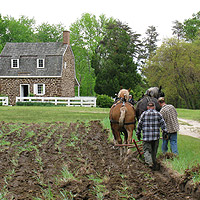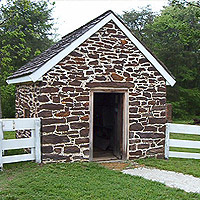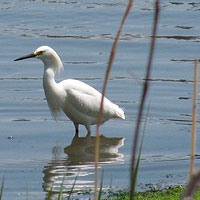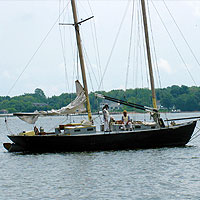
Public Hours
April through October
Sundays 1-4 PM (except Easter)
Extended hours based per event.
Explore
About the Farm
Hancock Family
Photo Gallery
History
Events Calendar
Upcoming:
SPRING FARM FESTIVAL
Open for Tours of the House and Gardens
MOTHER’S DAY TEA AND INTERPRETING HISTORIC WOMENS’ CLOTHING
May Displays
MEMORIAL DAY

HOTBEDS
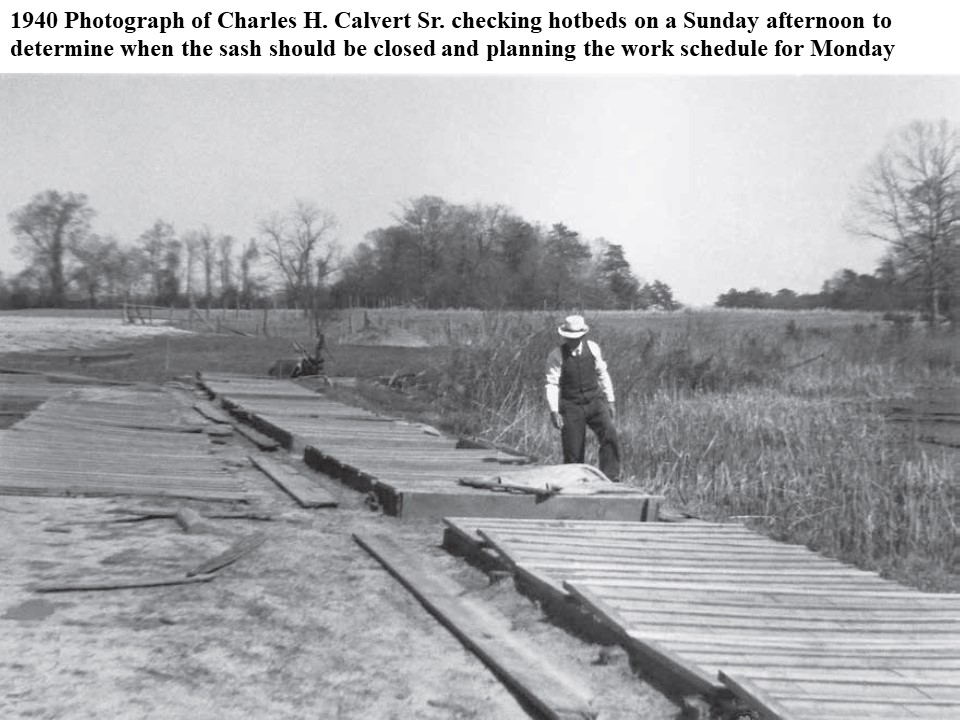
The hotbed yard was used to grow plants for early market produce. Hotbeds were always placed near the creek to have access to needed water. Being near the tidewater reduced the potential for frost damage with sudden weather changes while the plants were being grown.
When first used, straw was used to cover the plants. In later years the bad weather days during January were used to sew together burlap blankets. The blankets were made from the empty bags from the fertilizer purchased the previous year. The blankets were used to cover the hotbeds at night to maintain temperature for the growing plants. It required much less time to remove these blankets from the hotbeds than the usual straw covering. If the composted manure pile was not sufficient for the planned hotbeds, January was the time to haul pine needles and leaves from the woods or corn stalks from the fields to be added to the manure pile. The added material was mixed in by hand, turning with pitchforks to begin the necessary rotting to create the heat needed to start the hotbeds.
February was the beginning of hotbed season. Every clear day was used to prepare the hotbed frames, do the final turning of the manure compost for maximum heat and finally prepare the hotbeds for first seed by February 15th. Hotbed frames were set level with the surface of the ground for maximum insulation by the surrounding soil. The frames were set level with just enough slope to drain any rainwater from the glass. Eight to ten inches of steaming compost were placed in the bottom of the hotbed, then three to four inches of screened topsoil were added to fill the frame within two to three inches of the top. The air space between soil and glass was kept to a minimum to make full use of the heat produced by the rotting compost. The space could be increased as needed for the growing plants by raising the hotbed frame and sash above the ground surface with a block and metal pry bar. Planting the seeds or other work on the plants after the seed had germinated was restricted to one to two hours during the middle of sunny days to avoid losing too much of the heat needed for plant growth.
March required constant care of the plants in the hotbeds. The plants were watered as needed during the middle of the day, then the sash was propped open during the middle of the day. Bright sunshine and moderating temperatures provided more heat than required for the plants. March also was the time to transplant seedbed tomatoes and peppers to provide better root systems before transplanting to the fields. Other hotbeds were prepared without the compost for heat to start cucumbers, squash, cantelopes, and sometimes other crops. These plants could not be easily transplanted and were planted in tin cans, (the same as paper or plastic pots today). When the metal can for preserving food became standard, and Baltimore became a center for commercial food canning, an enterprising businessman began salvaging used cans, steam cleaning and bagging those used cans for a secondary use by farmers as plant containers. The melon plants growing in tin cans, started in March or April under glass, could be transplanted to the field in early May with 4 to 6 weeks head start over field planted seed, and gain a full month in first harvest of marketable melons
